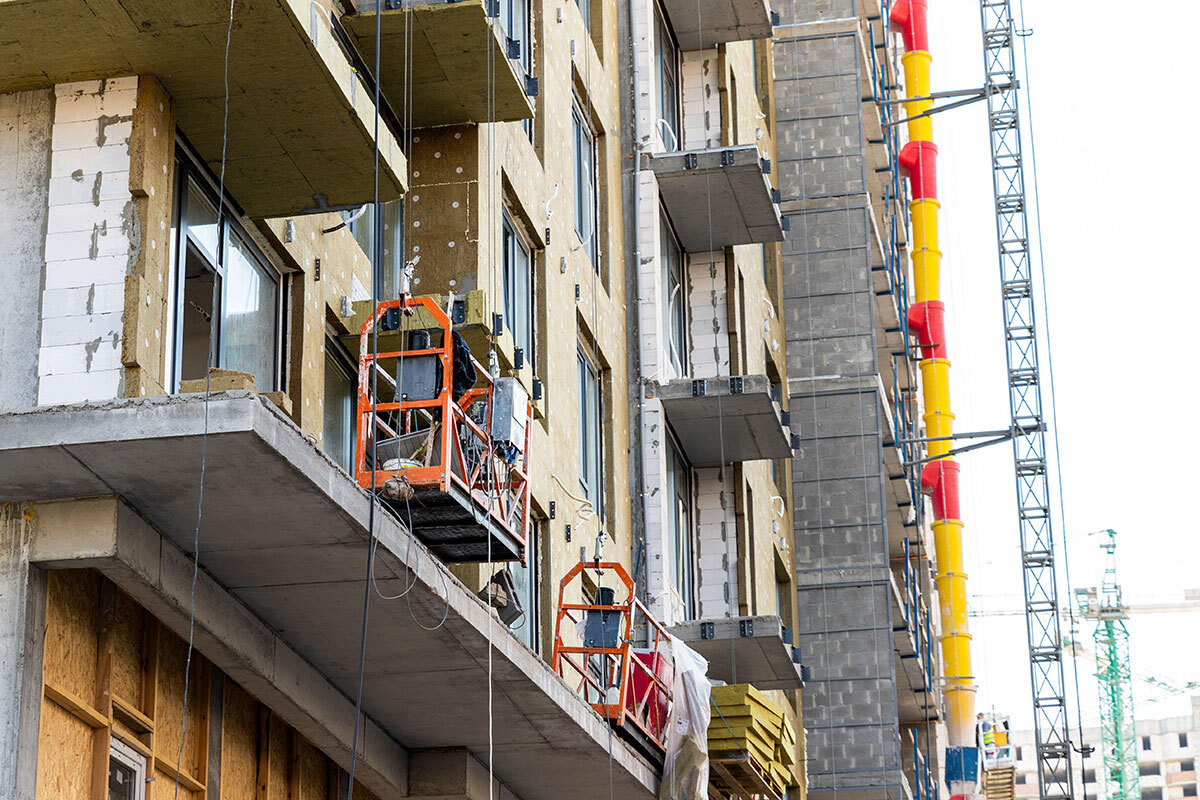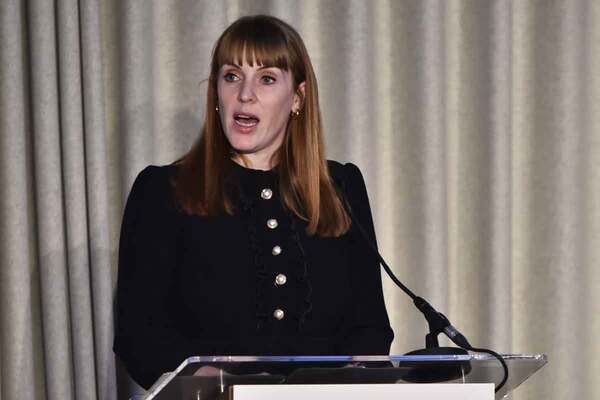You are viewing 1 of your 1 free articles
Lawyer warns complaint system for high-risk buildings must be completely separate
A lawyer has warned that the complaint system for building safety issues in high-risk buildings must be completely separate to the one organisations already have in place.

Speaking at Devonshires’ conference on the Building Safety Act this week, Lee Russell, a partner at the law firm, outlined the new complaint process and procedure landlords must create and follow if they are the principal accountable person (PAP) for high-risk buildings.
A PAP, introduced through new regulations, is the single entity that takes overall responsibility for the management of risks in high-rise buildings.
Mr Russell said: “This is a separate complaint policy and procedure that you’ll have to have in place if you are the principal accountable person for your high-risk buildings.
“And it’s important to recognise right at the outset that this is a different complaint processing procedure than your organisations already manage internally.”
The complaints will only be in relation to high-risk buildings, a building safety risk, or the performance of an accountable person in relation to their duties or responsibilities under the Building Safety Act.
Mr Russell added: “What we mean by a building safety risk is a risk to the safety of people in or around the building that arises from either the spread of fire or structural failure.”
Only the PAP is responsible for the complaints process, even for parts of the buildings it may not have much to do with.
A complaints system established by a PAP under Section 93 of the bill must secure the matters specified as follows:
-
What amounts to a relevant complaint
-
How a relevant complaint may be made
-
How a relevant complaint will be dealt with
-
How a complainant can make representations and comments on any findings during an investigation
-
The expected timeframes for investigations and determination of a relevant complaint
-
The address, telephone number and email address of the regulator and details of the right manner in which to take a relevant complaint to the regulator where an agreed outcome cannot be reached between the PAP and complainant
-
Details of how compliance with the Equality Act 2010 is secured, such as by giving examples of the types of reasonable adjustments which may be made
-
Details of how personal data is processed
There is an extra step in the complaint process where once the PAP makes a finding, it will then have to allow the complainant to make representations on those findings before it makes a determination.
Mr Russell said: “If [an] agreement can’t be reached between the principal accountable person and the complainant, then effectively referral to the regulator may well have to happen.”
He explained that anyone, not just a resident or someone legally related to the organisation, can make a relevant complaint.
“There is no limit whatsoever on who can make a complaint to you as principal accountable person about your high-risk building.
“That is very different to your current complaint policy and procedure, which is probably couched in terms where only residents or people that you have legal relationships with can actually make complaints into that process,” Mr Russell said.
The complainant does not have to identify it as a Building Safety Act complaint, it will be on the organisation to do this.
One received, the complaint must be acknowledged “as soon as is practicable”.
Mr Russell said: “If the complaint is not accepted, let’s say… the complaint doesn’t follow the definition we’ve just gone through, then we need to set that out in writing and we set up very clearly the reasons for that decision.
“The only way that you can reject a complaint if it falls within the definition is if it consists of a complaint which has already been determined or is already under consideration and the complainant is the same person.”
When there is a complaint where the PAP thinks an accountable person is to blame and the accountable person is unhappy with a determination that the PAP makes, both parties can go to the Building Safety Regulator.
“In that situation, there is that mechanism to be able to go to the regulator where they will effectively decide almost a pre-dispute between you and other accountable persons before that complaint determination is made.
“So, again, getting used to these new co-operation provisions with other accountable persons is going to be a real challenge,” Mr Russell explained.
Also at the conference this week, another lawyer explained why he felt the government had “slightly mismanaged” the “tidal wave” of building safety legislation that came with the bill.
Sign up for our fire safety newsletter
Already have an account? Click here to manage your newsletters










